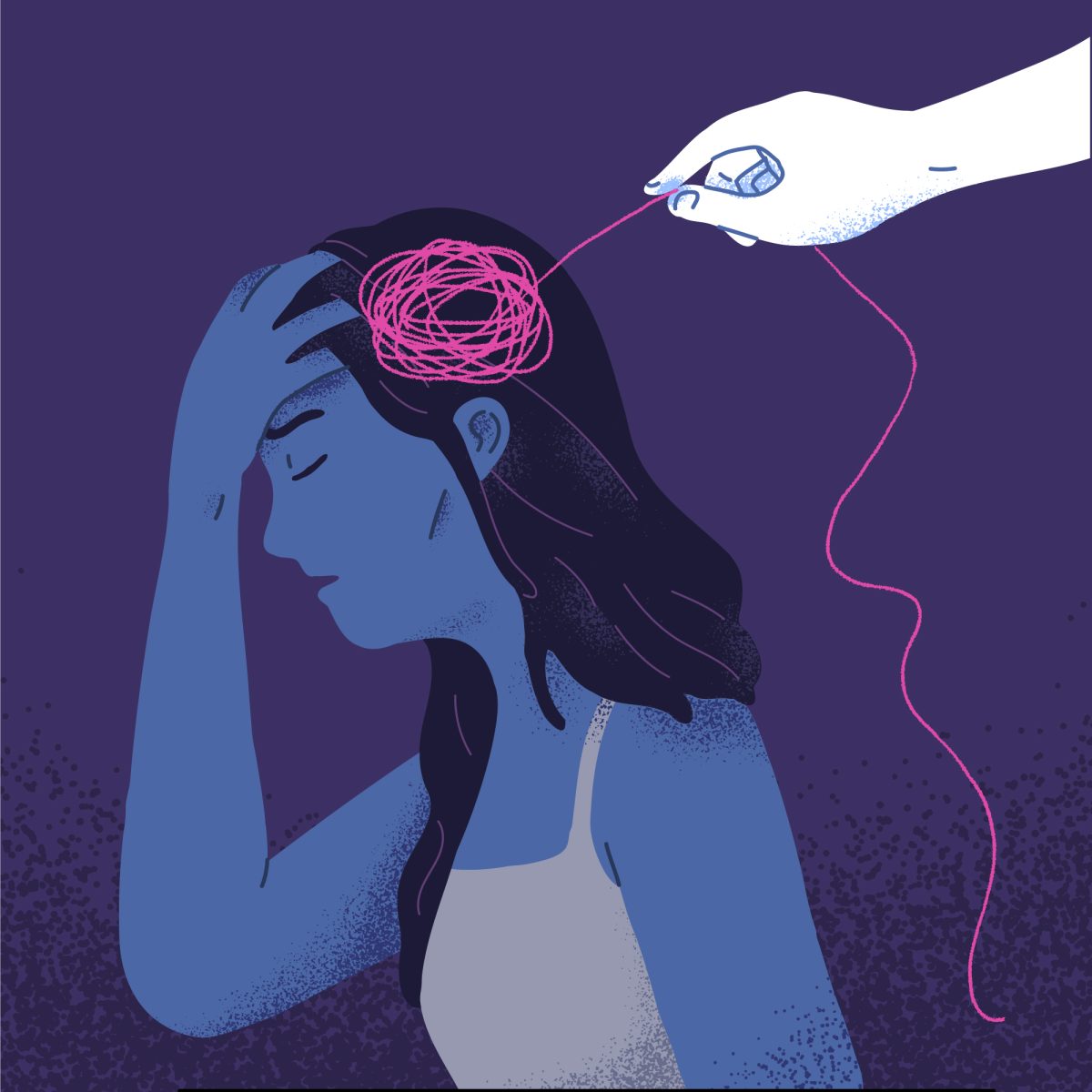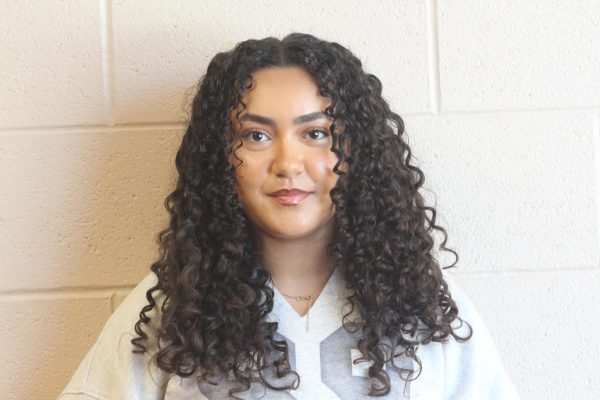The mental health crisis among high school students has escalated to alarming levels, with a sharp rise in stress, anxiety, and depression. A 2023 report from the Centers for Disease Control and Prevention (CDC) found that 42% of high school students struggle with overwhelming stress and anxiety—a staggering 50% increase since 2011. These figures are troubling enough, but the crisis is even more severe among girls. Nearly three in five report feeling persistently sad or hopeless, double the rate of boys. This marks a nearly 60% increase over the past decade, reaching the highest levels of depression among adolescent girls in recent history. Even more concerning, nearly one in three girls seriously considered attempting suicide, reflecting a nearly 60% rise since 2011.
The situation is equally dire for LGBTQ+ youth, who face even higher rates of mental health struggles. These rising statistics highlight the urgent need for schools to go beyond academics and prioritize students’ emotional well-being. Supporting mental health is not just beneficial—it is essential for student success, requiring comprehensive support systems within schools.
Social workers and therapists play a crucial role in meeting these needs, offering guidance and counseling to help students navigate anxiety, depression, and trauma. These professionals are on the front lines, equipping students with coping strategies and emotional support. At Milton Hershey School, a private school serving underserved students, social worker Stephanie Sowers-Waros has made a meaningful impact for the past two and a half years. She works closely with students, helping them develop resilience and emotional strength while providing a safe space to process their emotions.
Sower-Waros said, “I think it’s important to work together, which is why I love to work here; we’re one big team. If the right hand doesn’t know what the left is doing, how will you approach it with a holistic approach?”
Beyond individual counseling, professionals like Stephanie collaborate with teachers, administrators, and families to create a support network that prioritizes students’ well-being. This holistic approach ensures mental health is integrated into the educational experience, rather than treated as a secondary concern. As mental health challenges among students continue to rise, schools must take proactive steps to provide comprehensive support.
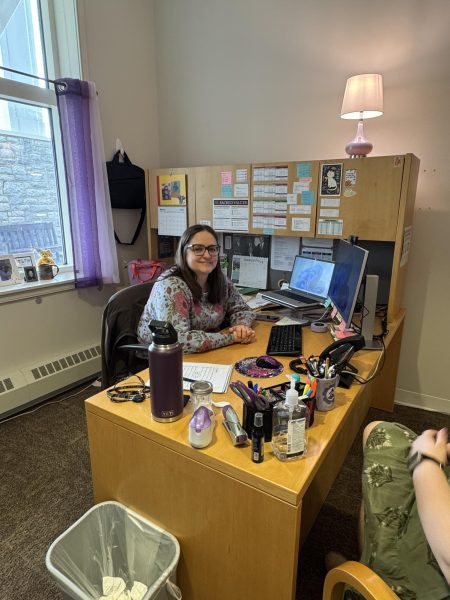
At Milton Hershey School in Hershey, Pennsylvania, Stephanie has been a dedicated social worker, making a significant impact on students, families, and the school environment. Her compassionate approach and commitment to helping others have been instrumental in supporting students’ social and emotional well-being.
However, working at a private boarding school for underprivileged children, Stephanie faces unique challenges. She not only helps students cope with mental health struggles rooted in their past environments but also assists families in navigating complex issues such as custody battles.
“We deal with a lot of custody issues as well, so that can in itself bring up a lot of mental health issues that our students are dealing with, and the population that we work with, a lot of them come in with a lot of mental health issues,” Sower-Waros said.
Stephanie Sower-Waros, 40, brings a unique skill set to her role. She earned her undergraduate degree in Music Therapy, where she discovered the power of music as a tool for healing and emotional expression. Building on this foundation, she pursued a Master’s in Social Work, deepening her expertise in mental health and community support. As a licensed social worker (LSW) in Pennsylvania, she is committed to providing compassionate and effective care. Her background in both music therapy and social work allows her to approach challenges with creativity and empathy, helping students heal and thrive both in and out of the classroom.
Looming as of recent is the mental health crisis in schools as a result of the detrimental and long-term effects of COVID-19. The lingering effects of this continue to present themselves in students’ expressed anxiety and progress.
According to the National Center for Education Statistics, Public schools have reported that since the start of COVID-19, ninety-six Percent of schools saw a spike in students seeking mental health services, which thankfully, most were able to provide. Additionally, seventy-six percent of staff spoke out about and reported their students exhibiting mental health issues such as depression, anxiety, and trauma as a result of COVID-19 and the long-term isolation that stemmed from it. Some students may have never even been able to step foot inside a classroom due to those prolonged issues.
“We’re having students come in, as they age, that have never been in a classroom before…something we’re seeing across the board, just in social work in general, how much COVID-19 has affected it and I feel like many students don’t know how to communicate their needs, and what they’re feeling mentally,” Sower-Waros said.
Unfortunately, there are no specific behaviors or mental health warning signs to watch for in students or children, as everyone expresses their needs in unique ways. Some individuals may isolate themselves from friends and family, while others might avoid making eye contact. Additionally, a person’s body may respond differently depending on their environment.
According to Education Week, different parts of the brain are developing at different speeds, and there’s a biological mismatch between how the human body matures in adolescence and the society for which it’s maturing, said Mitch Prinstein, chief science officer for the American Psychological Association and a psychology and neuroscience professor at the University of North Carolina at Chapel Hill. “The way that our body changes and matures is based on the social needs of our predecessors 60,000 years ago, and today we have a very different environment than we did back then,” he said. “There are a lot of ways in which kids are being exposed to worlds and expectations, or levels of autonomy, that may or may not match up with how it is that we were initially built to survive.”
The way people feel usually reflects in how they act. It’s a sign whether it’s avoiding eye contact or being abnormally quiet. “Our body keeps the score, and so anything we think is how we think, we feel. And if you help the way they think, they see that thing differently,” Nina Jett said.
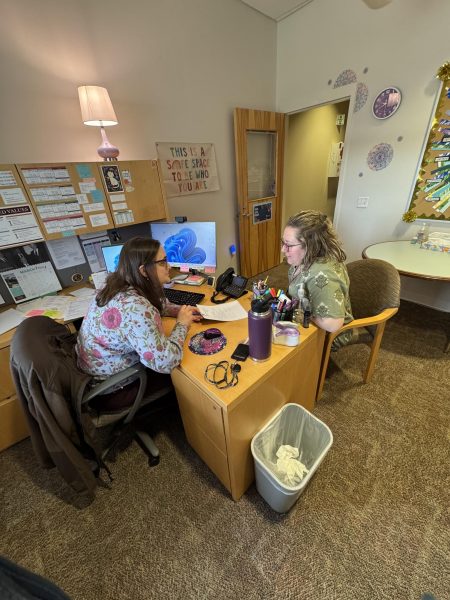
Jett has been a behavioral specialist at Milton Hershey School for 27 years and dedicates her career to supporting students. She holds an associate degree in Human Services from Pennsylvania College of Technology, a bachelor’s in Applied Behavioral Science from Penn State Harrisburg, and a master’s in Secondary School Counseling from Shippensburg University. With her extensive education and passion for helping others, Nina blends knowledge and experience to make a lasting impact on students and their mental and physical well-being.
At Milton Hershey School, the mental health program is structured around a tiered system of services organized in a triangle format. Tier One provides support for all students, encompassing assemblies, mandatory events, and safety check-ins to ensure that every student receives the necessary assistance. Tier Two focuses on the area of expertise of Jett and her colleagues, who work to enhance students’ social and emotional coping skills, fostering personal growth and improved behavior.
Nina Jett firmly believes that a deep understanding of the reasons behind an individual’s actions is crucial to the healing process. However, it’s essential not only to explore their behaviors but also to consider their thought patterns and mental health-related challenges.
Jett said, “Someone with ADHD, understands how their mind works. So you educate them first and then you work on giving them the skills that they need to thrive and be resilient.”
Jett unwaveringly believes that adequately using your five senses are way to calm someone’s behavior and if a student is going through something such as anxiety or depression, it will ultimately help ground them and provide a sense of stillness that wasn’t already there.
For example, if someone loves smells, light a candle, and use lavender or eucalyptus oils. If someone is a touchy person, grab a fidget toy, or just something that will stimulate their needs. If someone loves music, play jazz or any music that will distract them from what’s happening in the present and help them.
Beyond providing sensory comfort, it’s also important to pay attention to nonverbal cues and emotional signals. Recognizing when someone needs support isn’t just about offering external distractions—it’s about truly seeing them and understanding their unspoken needs.
“We need to see our children. We need to look at them and see them. It shows a lot when you can see somebody. You can see when somebody is hurting. You can see when somebody is upset If you look at them enough. It matters to look at them and see them and then just ask questions and not assume or judge.
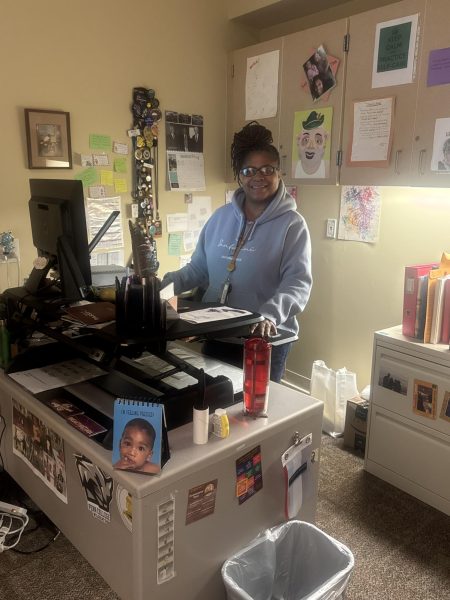
For teachers and parents, understanding the needs of students and what it takes for them to be successful in life is key. Although an adult may need words of affirmation, their students or children may not need the same thing as them and may value something completely different like quality time.
Many students face challenges while they are seeking help for mental health issues in schools due to stigma, limited resources, and fear of being judged. Despite the increasing awareness of mental health, it unfortunately remains a difficult topic for many, leaving students hesitant to speak up about their struggles. They may worry about being perceived as weak or different, causing them to suffer in silence rather than reach out for support.
A significant challenge is the lack of accessible mental health resources in schools. Many institutions have too few counselors, resulting in long wait times and inadequate support. Some students are unaware of the services available to them, while others find the process of seeking help too complicated or discouraging. Additionally, some students may fear that school staff will not take their concerns seriously, which further prevents them from speaking up.
Cultural and family influences can also create barriers to accessing mental health support. In some households, mental health is not openly discussed, making it difficult for students to acknowledge their struggles or seek professional assistance. Without proper support, students may experience worsening mental health, negatively affecting their academics, relationships, and overall well-being. Schools must take steps to create a more supportive and understanding environment where students feel safe discussing their mental health concerns.
While many schools need to recognize the urgency of these issues, some institutions, like Penn College, are moving in the right direction. Jett appreciates how this college manages its mental health services. When Jett graduated, the college only offered human services, but it has since expanded to include human services and restorative justice.
Penn College’s Human Services program prepares students for careers that support individuals and communities, particularly those in need. This program provides a comprehensive understanding of social work, counseling, addiction treatment, and community outreach. Students gain hands-on experience while learning to assess needs, navigate support systems, and intervene during crises.
The program emphasizes an interdisciplinary approach that combines psychology, sociology, and social work. Graduates are equipped to work in schools, healthcare, nonprofits, and government agencies, advocating for marginalized populations.
Restorative Justice is a key component of the curriculum, focusing on repairing harm through dialogue and reconciliation between victims, offenders, and the community. Instead of punitive measures, restorative justice emphasizes healing, accountability, and the restoration of relationships.
Through this focus, Penn College students learn to implement restorative practices in conflict resolution and rehabilitation, enabling them to address both individual and community needs. Graduates of the program are prepared to take on roles in juvenile justice programs, community organizations, and other settings that prioritize conflict resolution and support for those affected by crime, fostering compassionate professionals dedicated to positive social change.
As the mental health crisis among students grows, it is clear that addressing these challenges goes beyond academics. Social workers and therapists play a crucial role in providing the emotional support and resources students need to thrive. Their involvement is essential for building resilience and empowering students to succeed. Moving forward, schools must prioritize mental health services to ensure students can flourish not only academically but also emotionally, helping them navigate the complexities of today’s world.

